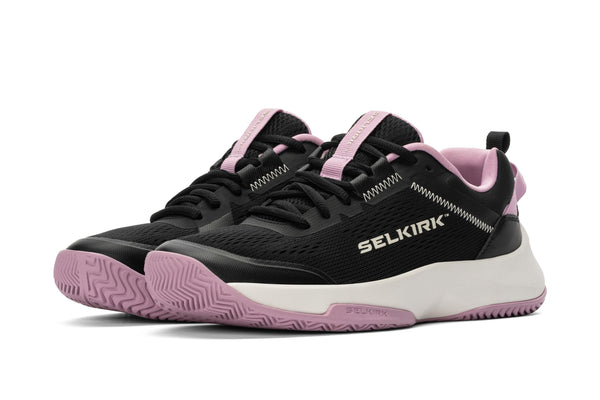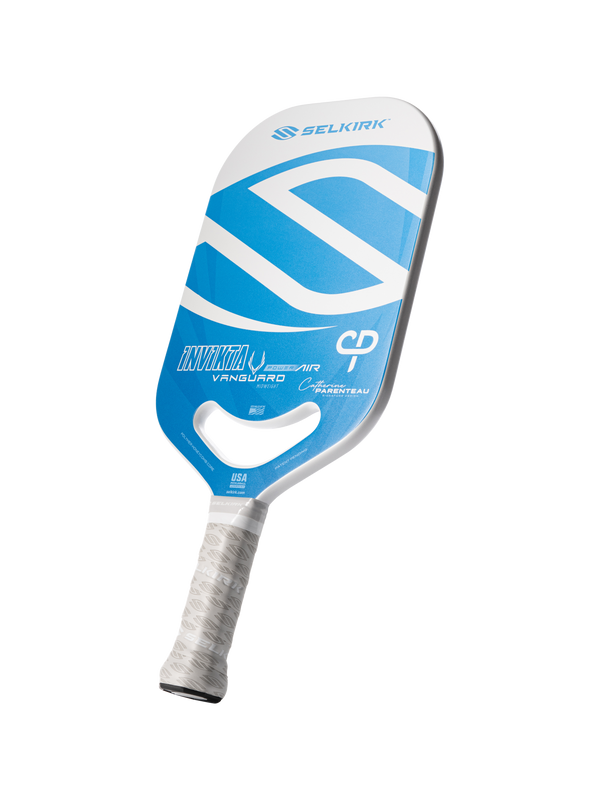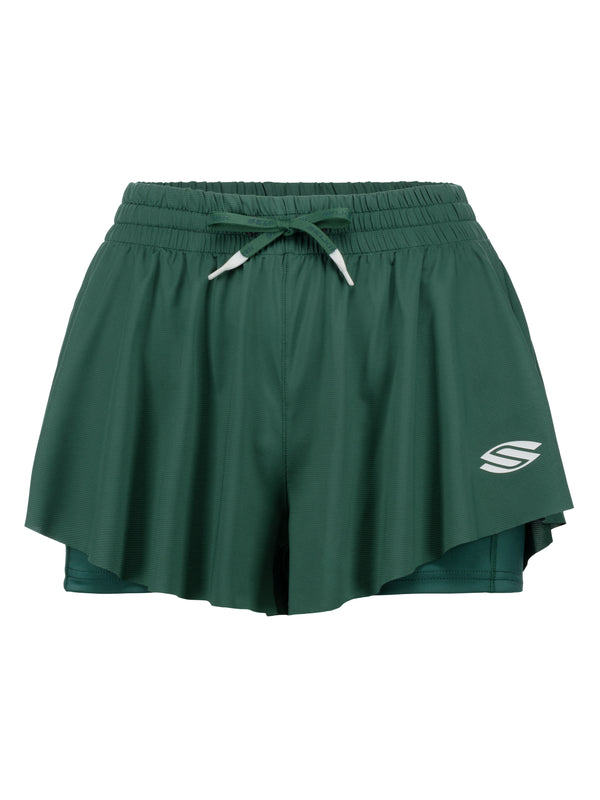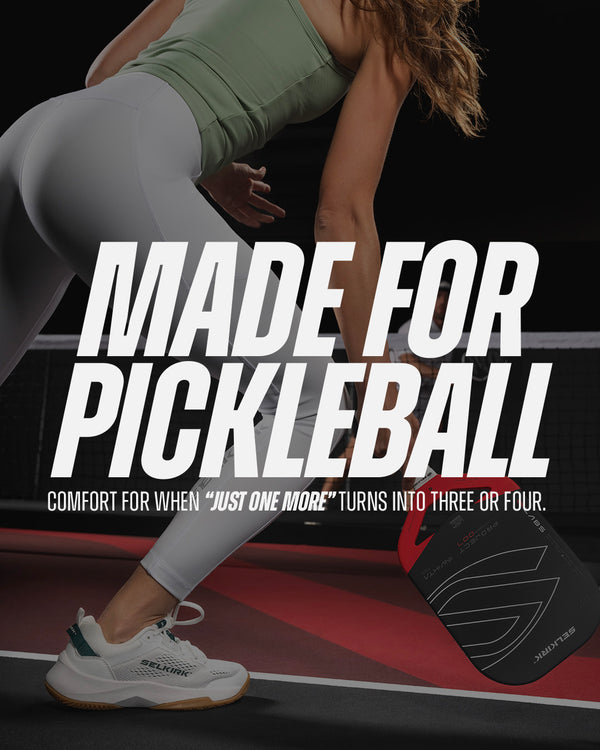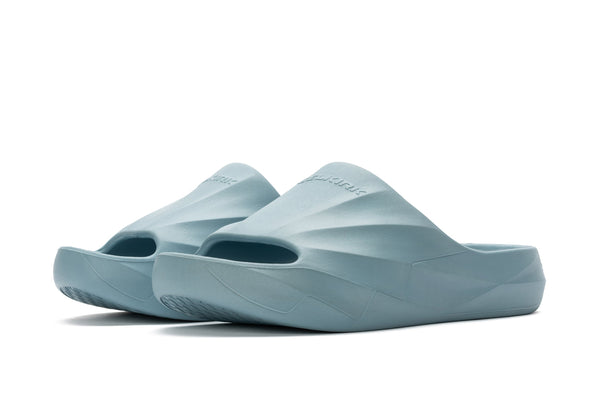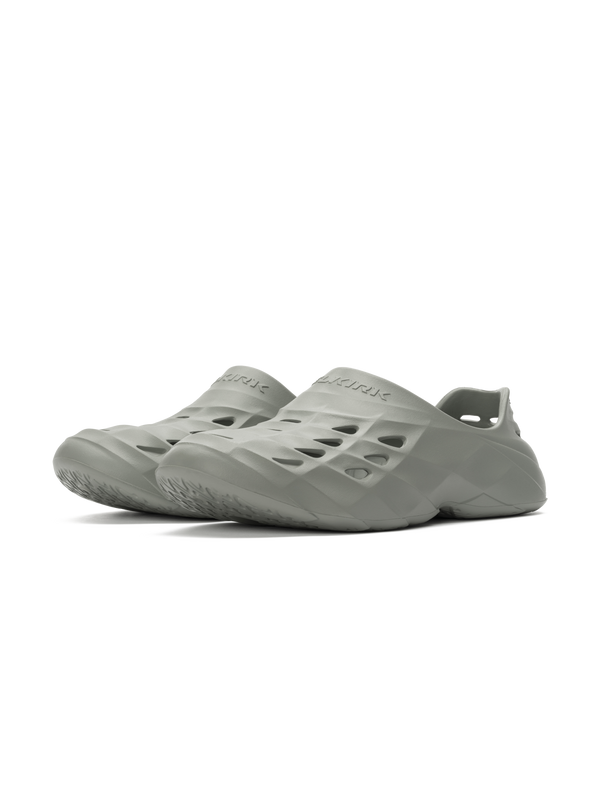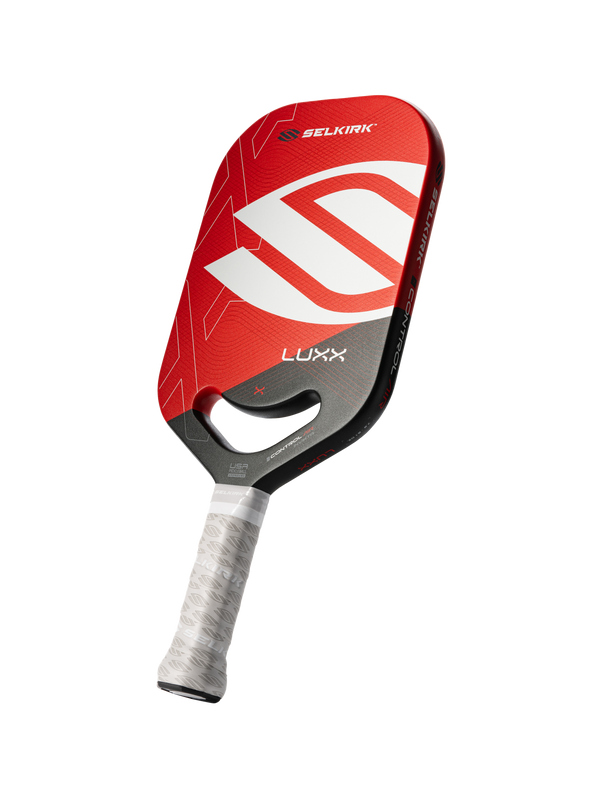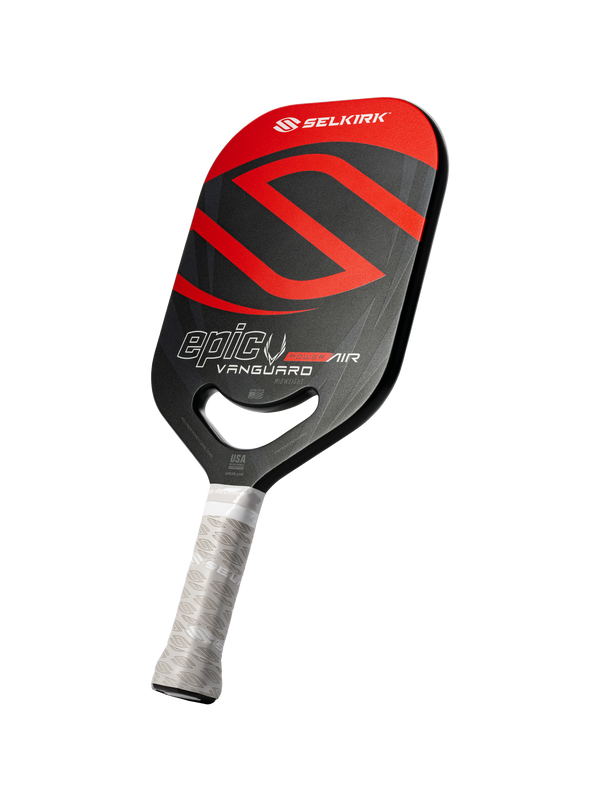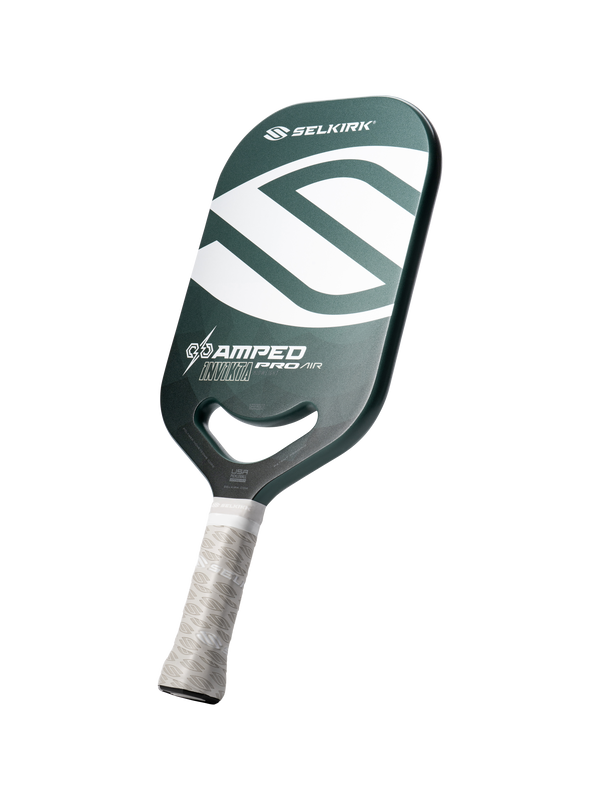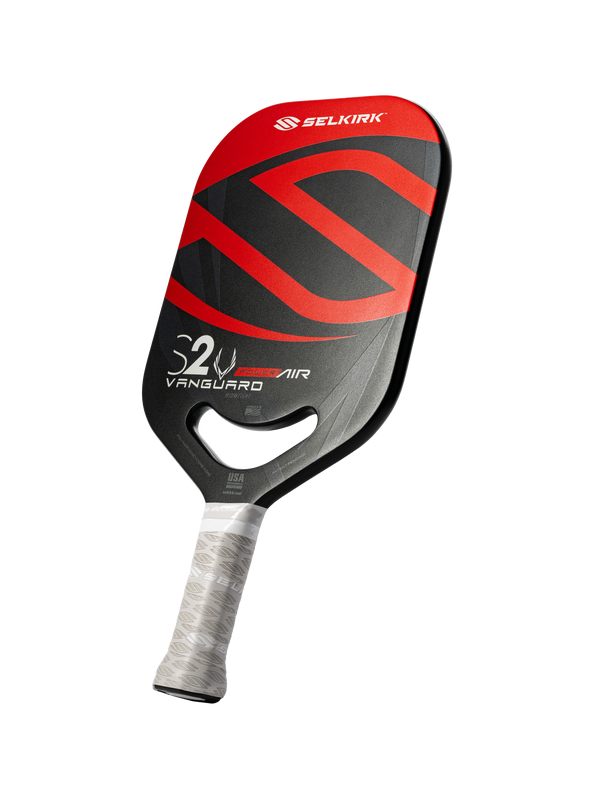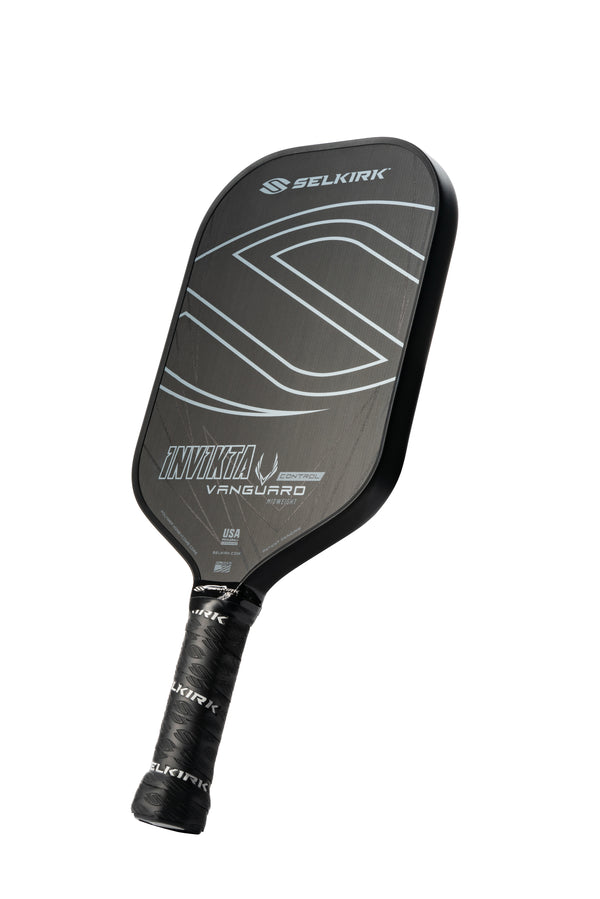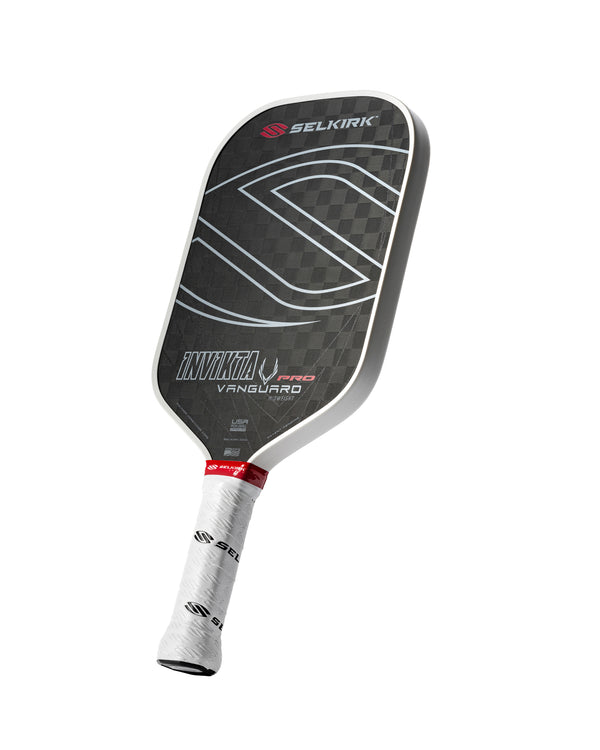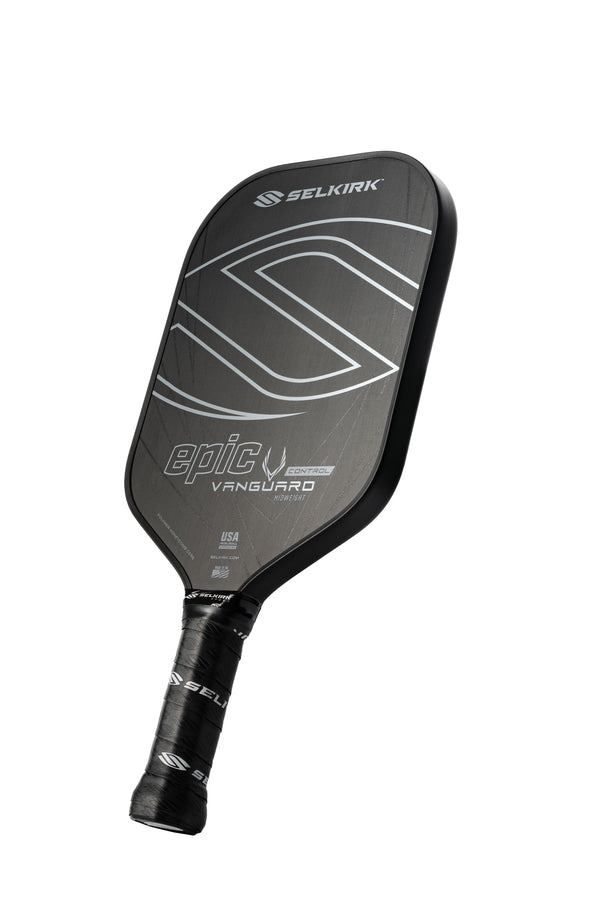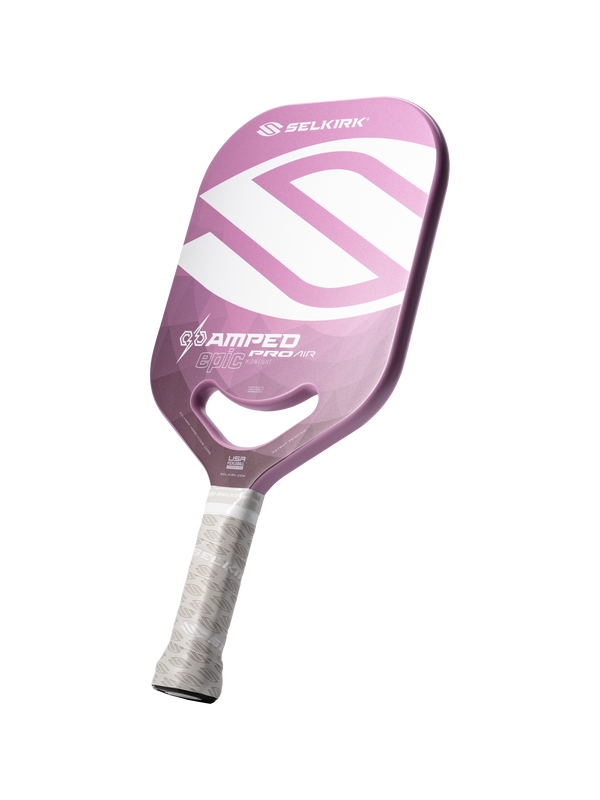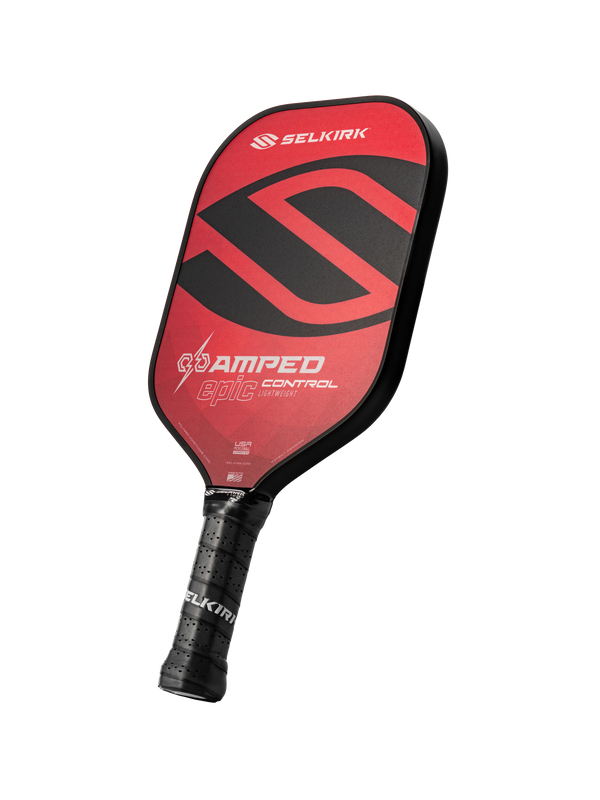
Love it or fear it, the backhand is an important shot to have in your arsenal.
Every player has a different learning curve in developing the backhand shot, and those without a racket sports background may take longer because it’s not a typical motion made in other sports.
In daily life, we make forehand motions nearly every day. When we use a fly swatter, give a high-five, throw a ball, or even put our hands on a table, we are making a forehand motion. But doing those things with a backhand motion would feel quite uncomfortable.
The forehand is more comfortable because the forehand muscle groups — pectorals, anterior deltoids, and biceps — are trained unconsciously and are stronger than the backhand muscles — the triceps, posterior and middle deltoids, rhomboids, and middle trapezius.
As the backhand motion is foreign to most pickleball newbies, it must be treated as a new skill to be acquired. This means players must spend time to learn it, experiment, practice, and yes, fail.
Most new players are either taught or instinctually replace their backhand with a forehand. Rather than attempt a backhand shot, newer players run around the ball to hit a forehand shot.
But when you do this, it leaves a lot of the court open for attack. And the fact of the matter is, if you have a poor backhand, half of your shot selection is taken away.
How to execute a backhand swing
There are several key steps to executing a proper backhand swing, but as with any shot, the first step is preparation. As soon as you see a ball coming toward your backhand side, turn your hips to face the sideline on your backhand side.
Bring your paddle behind your body, with the cap of your handle pointing toward the ball. If you prefer to use two hands, place your non-dominant hand on the paddle just above your dominant hand.
As the ball bounces, step into your shot. This means stepping toward the shot with your dominant foot, which will allow you to use your legs to put added power on the ball. Not stepping into the ball will cause you to hit a weak or off-balanced shot.
Now, it’s time to swing. Ensure you make contact out in front of your body, swinging from low to high. Most importantly, follow through your shot. At the end of your swing, the paddle should be just over your dominant shoulder.
How to practice the backhand shot
You can practice the backhand shot with a drilling partner or own your own. For solo practice, find a blank space on the wall and mark a line 36 inches in height to simulate the net.
Step back from the wall and begin hitting a backhand toward the wall. Take note of which adjustments were most successful and commit them to muscle memory. As you get more comfortable with the backhand, mark a few squares on the wall and try to aim toward them.
If you’re drilling with a partner, start at the kitchen line and begin hitting backhand dinks straight toward each other. As you get comfortable, move to crosscourt dinks. Then, slowly increase the distance between you and your partner until you reach the baseline. When you are comfortable hitting from the baseline, add new variations such as pace, distance, and topspin.
When you and your partner feel comfortable, put your practice into play. Try playing a game with the notion of executing backhands in every applicable scenario. It’s OK if you miss points on the backhand as long as you try to use it. The only way you’ll get better is by practicing.



